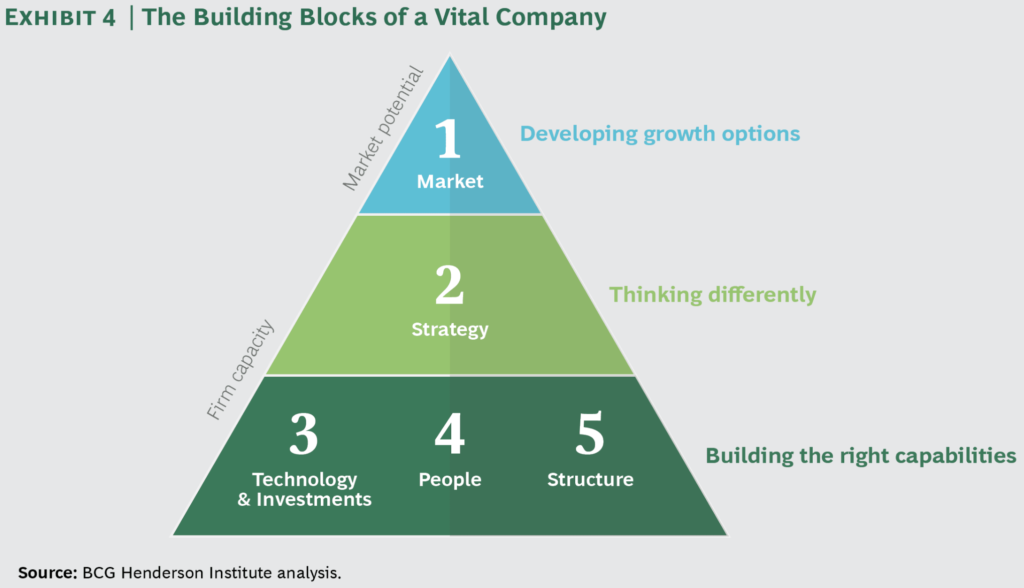
Technology trends mirror human challenges
I believe the proliferation of technology provides insight into the human evolutionary snags we are experiencing on a global scale. The chart below is taken from a previous blog, “The Digital Paradox: How Digitalization Beckons Human Development.” These technology trends highlight the social, political, and economic challenges headlining news and media today. Digitalization has the capacity to remind us to embrace our humanness in order to remain vital in a fast-paced world.
| Emerging Technology | Respective Human Equivalent | |
| Augmented Reality (AR) | = | Individual Perception / Is what I see real? |
| Mixed Reality (MR) | = | Diversity of Perceptions / Religion & Culture |
| Blockchain | = | Trust & Transparency / Global economies |
| Big Data | = | Wisdom / Our collective consciousness |
| Artificial Intelligence (AI) | = | Emotional Intelligence / Leadership |
| Internet of Things (IoT) | = | The Interconnectedness of All Living Things (IoLT) / Environment & sustainability |
| Bots and Algorithms | = | Ethical Intention / Morality and posterity |
| Quantum Computing | = | Nonbinary Mindset / Shift from one of absolutes to one of possibilities |
Corporate vitality requires more than technology
What is corporate vitality? According to the BCG Henderson Institute, corporate vitality is “the capacity to explore new options, renew strategy, and grow sustainably.” Technology undoubtedly helps in exploring new options, renewing strategies, and ensuring sustainable growth. However, relying on technology alone is not sufficient. Technology, as defined by the Cambridge Dictionary, is “a tool; a manner or method by which science is used for practical purposes.” Humans wield tools and implement methods. Technology alone does not ensure corporate vitality any more than a smartphone ensures effective communication. Companies promoting human vitality will ensure corporate vitality.
Human vitality is vital for corporate vitality
Vitality, as defined by Meriam Webster, is “the peculiarity distinguishing the living from the nonliving; the capacity to live and develop.” These two definitions are vital in fully embracing corporate vitality. Humans are undeniably peculiar and easily distinguishable from even the most sophisticated robots. We are also naturally designed to live and develop using a proven and well-established childhood process–the EPIC Model. Human vitality thrives in a culture that encourages diversity, creativity, and novelty. Human vitality flourishes in an environment free of judgment and comparison. It welcomes constructive feed and is more interested in conceptualizing future ideas than getting mired in the past.
Past performance does not predict future success
Companies with anachronistic hierarchical and management structures will have difficulty remaining vital. According to Martin Reeves, Global Director of the BCG Henderson Institute, corporate vitality is “the capacity for future growth and invention.” Resting on your laurels by measuring past performance is no longer sufficient. Reeves encourages companies to measure potential performance. A research partnership between BCG and Fortune magazine resulted in The Fortune Future 50. The pyramid figure from the study highlights the building blocks needed to ensure the best prospects for long-term growth.

Developing future growth options
An entrepreneurial spirit derives from people, not machines. Leaders of thriving organizations embrace a trial and error mentality accepting short-term losses for the sake of long-term development. Innovation is not the sole responsibility of a department or a handful of people. Market ideas flourish within a vital corporate culture. Every brain has ideas in it. People just need the opportunity and space to share, shape, and execute them.
Adaptive and evolving strategies
Reshaping your vision alters your strategy. Recalibrating strategy fuels innovation. Innovation helps one leave the realm of the mundane and routine. Information needed to spur innovation is no longer privileged information for those sitting at the top of organizational charts. Those at the periphery are as informed, if not more, to what is emerging. Technology has simplified the ability to fulfill our basic human desire to explore, play, inspire, and connect–the EPIC Model. That means everyone in your organization has the capacity to propose a game-changing initiative.
People, not money ensure corporate vitality
It is said money alone can’t buy you happiness. It also apparently can’t buy you corporate vitality. According to a January 2019 report from eurostat, R&D expenditure from all Member States of the European Union in 2017 was close to €320 billion (2.07% of GDP). Corak stated that in spite of the EU’s large investment sum, Europe has little to show regarding innovation and vitality. Out of the one thousand largest global firms researched only one EU company from France, Dassault Systems, made the Fortune Future 50 list. In comparison, the US (40%) and China (40%) accounted for over 80% of the companies on that list. Assuming that the EU, US, and China are on a relatively level playing field when it comes to R&D, what accounts for this disparity?
Corporate vitality is a cultural mindset
Remarkably and not surprisingly, people in positions of influence account for the majority of a company’s ability to remain vital. Those in leadership positions determine revenue sources, develop strategy, and shape organizational structures. The general workforce is at the center of enabling strategy but account for a small percentage of corporate vitality. The general workforce should play a greater role in improving corporate vitality. Companies whose strategy and structures promote inclusivity, shared accountability, foresight, and risk-taking have a definitive edge. Could these values essential to both corporate and human vitality be the missing link in the EU?
About the Author
As a Human Systems Expert specializing in Conflict Resolution, Change Facilitation, and Youth Engagement, I optimize employee participation and leadership potential by influencing group dynamics in real-time. Inspired by how young people learn, I have coined the EPIC Model of development and wrote What You Can Learn from Your Teenager: Lessons in Parenting and Personal Growth.